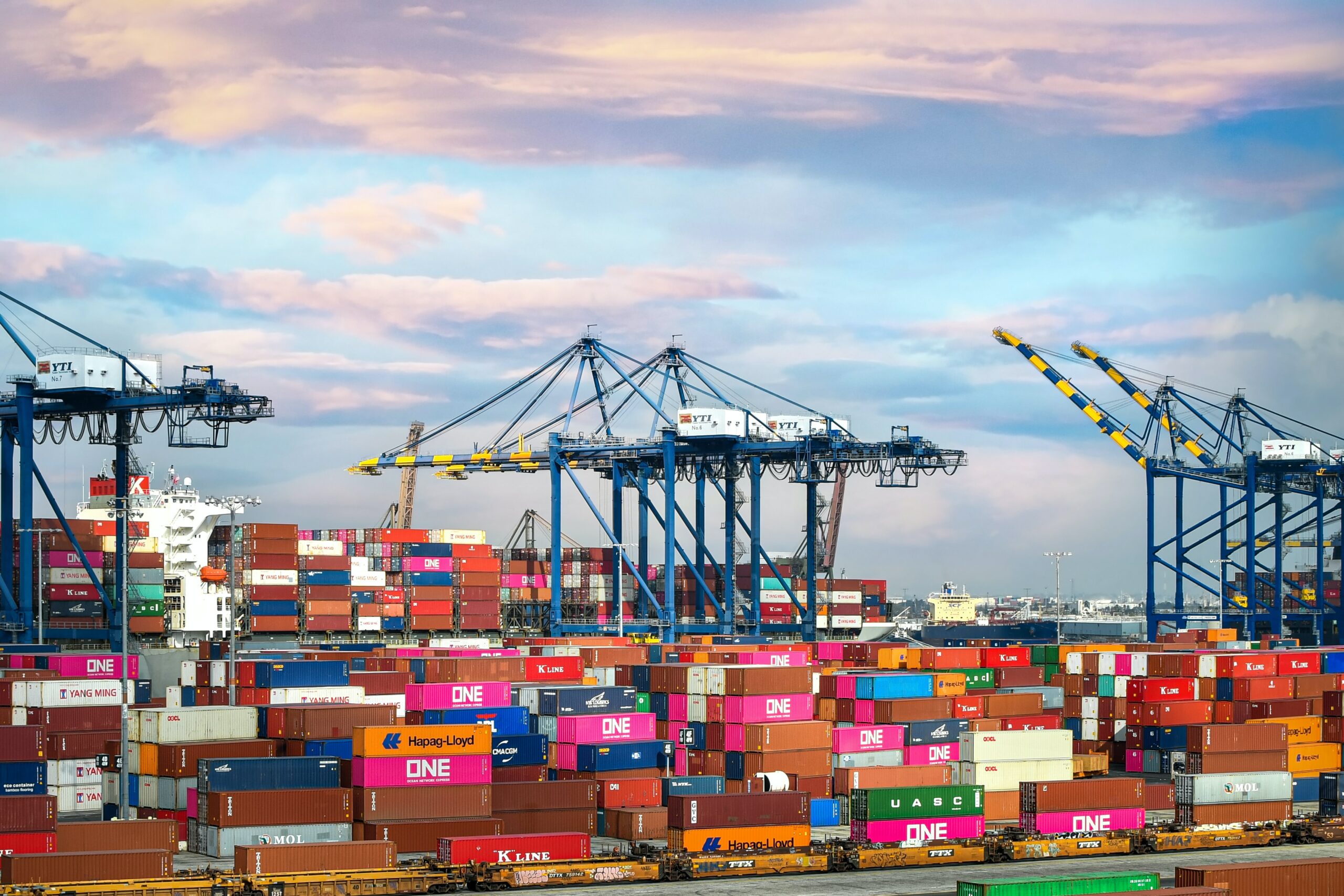
Many claims that are submitted for wet cargo can be avoided with a robust pre-loading condition checking procedure. Humidity and condensation in cargo containers can’t be helped and will always be challenging along all ends of the supply chain no matter the mode of transport. The container itself can be checked for a number of things to ensure it is safe to contain cargo before it is used.
Stats show between 60-65% of cargo damage incidents are attributed to how the cargo is packed within the container. How the goods are handled, moved and ultimately placed/squeezed into the container can damage them before and during transit.
Pre-packing checks are viewed as a critical step in protecting cargo during its journey from origin to destination. Checks for signs of the below are important;
- Pests
- Dust
- Debris
- Transferable stains
- Odours
Checks for physical damage to the container are also important;
- Holes
- Evidence of repairs
- Rust
- Water Trails
TT is an established market-leading independent provider of mutual insurance and related risk management services to the international transport and logistics industry. Based on analytical reporting for 2020, TT suggested that 25% of wet cargo damage was caused by water ingress to the shipping container. This was likely a result of pre-existing damage that should have been identified as part of the cargo packing process.
TT went on in their report to suggest a further 17% of wet cargo damage claims occurs due to the impact damage to the unit during transit. Impact can come from a number of areas across road, rail and sea. Road traffic accidents can also factor in to anything being moved by road.
The only issue with these results is that yes, it is an important factor and certainly something to consider when moving cargo, however the report was ran during 2020. It would be very difficult to say the data collected is completely accurate as the beginning of 2020 for so many countries started as normal, but then Covid hit. With economies and companies shutting down the amount of goods being shipped drastically reduced and then suddenly shot back up again.
With the stats being accurate for the year 2020, it still highlights the importance of packing cargo in a specific process and completing key checks.
With these things considered it can be extremely educational for companies importing to ensure all areas are covered when their goods leave origin and ultimately protect them from wet cargo damage.